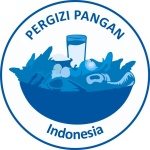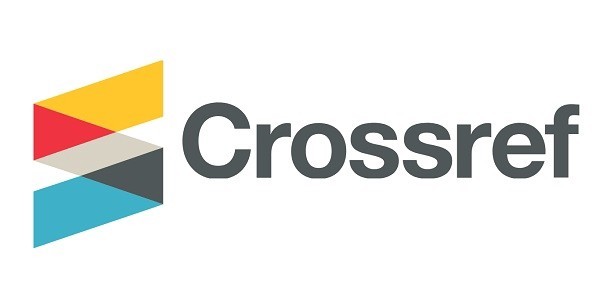STUDI KOMPARASI PENDAPATAN USAHATANI KACANG HIJAU DAN KEDELAI DI DESA DESALOKA KECAMATAN SETELUK KABUPATEN SUMBAWA BARAT
Abstract
This study aims to determine: 1) Comparison of the costs of mung bean and soybean farming in Desaloka Village, Seteluk District, West Sumbawa Regency, 2) Comparison of mung bean and soybean farming income in Desaloka Village, Seteluk District, West Sumbawa Regency, 3) Constraints faced by farmers. mung bean and soybean farming farmers in Desaloka Village, Seteluk District, West Sumbawa Regency. This study uses descriptive methods and data collection techniques using interview techniques. This research was conducted in Desaloka Village, Seteluk District, West Sumbawa Regency, which was determined by the Purposive Sampling method. Determination of respondents is done by the census method. The types of data in this study are quantitative data and qualitative data, while the data sources in this study are primary data and secondary data. Data analysis used cost, revenue and income analysis, comparative study used t-test, and used descriptive analysis to find out the constraints faced by farmers.
The results showed that: (1) The production cost of mung bean farming in Desaloka Village, Seteluk District, West Sumbawa Regency was IDR 7.829.777/ha. Meanwhile, soybean farming production is IDR 7.323.626/ha. Statistically the production costs of mung bean farming with soybean farming are the same or not significantly different (Non-Significant); (2) The income of mung bean farming is IDR 4.554.223/ha, which is higher than the average soybean farming income of IDR 876.374/ha. Statistically, the income of mung bean farming with soybean farming is significantly different (significant); (3) Farmers' constraints in mung bean and soybean farming in Desaloka Village, Seteluk District, West Sumbawa Regency include: technical constraints, namely pests and weeds; the second is the socio-economic constraint, namely fluctuating prices, lack of capital and the third is the institutional constraint, namely the absence of counseling and less active farmer groups.

This work is licensed under a Creative Commons Attribution 4.0 International License.






